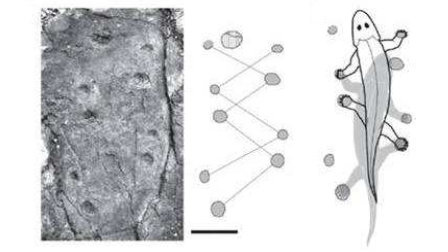Time flies when you’re having fun. How about a quick summary of what’s been going on around here in the first half of 2013. I’m spending more time on two aspects of my photography interest: photographing models and Vivitar historical research.
I’ve turned a spare room at the office into a makeshift studio, complete with strobes found on craigslist and a cheesy backdrop hanging system. Believe it or not it all works and I’m learning a lot about lighting. My first shoot in the new studio was with Serena and I’ve since shot with Karla, and Lexy. More to come I’m sure.
My Vivitar research has been productive too. I’ve made contact with a half dozen ex-Vivitar people including John C. Best’s son and a former president of the company. I’ve got a backlog of Vivitar lenses and gear that I’m slowly working my way through. Don’t be surprised if you see me wandering around Deep Ellum photographing random people and things with weird old Vivitar equipment.
I finally made the jump to a modern smartphone this year, trading my ancient Samsung flip-phone for a Google LG Nexus 4. That shouldn’t come as a surprise. There are only a handful of choices when it comes to smartphones: the Apple iPhone or one of the hundreds of phones running Android, a phone OS based on the Linux kernel. (ok, technically, there’s also Windows phone out there that has a tiny fraction of market share but seriously, who’s going to buy a phone that runs Windows?!) Anyone who knows me, knows I’m unlikely to buy anything made by Apple if I can avoid it. Apple has made an art of taking away people’s basic software freedoms. Android isn’t completely free of course, there are varying amounts of proprietary software depending on which phone you get. I chose the Google LG Nexus because it’s the least encumbered, with a high percentage of free software, no phone company mandated bloatware, and it’s unlocked, so I can switch providers any time I want.
I got a Nexus 4 for Susan as well and she loves it. She almost never used her old flip-phone because the interface was so non-intuitive. With Android she’s now regularly calling, texting, taking photos, reading the news, even playing Angry Birds.
Dallas Makerspace is still growing like crazy and just expanded to around 6,400 square feet. I’m really only an occasional visitor at this point, having cut back my DMS and DPRG time to a minimum to make room for all the other stuff I’m doing these days. I’ve joined the Irving Art Association and will hopefully be joining the Dallas Camera Club in the near future as well.
Susan and I are trying to get out hear interesting speakers as much as possible too. We went to Joel Hodgson’s talk at the Texas Theater in January, Art Spiegelman at the DMA in February, Andrei Codrescu at the Kessler Theater in March, and just a few days ago Pecha Kucha Vol 12 at Lakewood Theater.
I’ve got a backlog of books to review too. Maybe I’ll post one of those soon if I find time.

